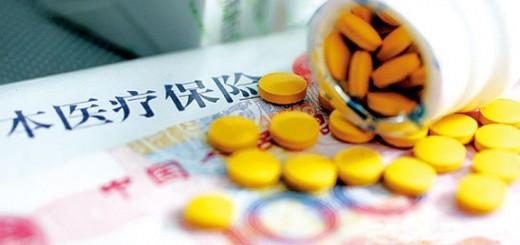| Share This Article
Research Frontiers of Medicinal Plants |
||
| DOWNLOAD |
|
Downloads Pharmacological Review of Ginsenoside Dammarane Saponin Rh2 Downloads Pharmacological Review of Ginsenoside Dammarane Saponin Rg1 Downloads Pharmacological Review of Ginsenoside Dammarane Saponin Rb1 Downloads Pharmacological Review of Aglycon Dammarane Sapogenin (AGS) – Protopanaxatriol (PPT) Downloads Pharmacological Review of Aglycon Dammarane Sapogenin (AGS) – Protopanaxadiol (PPD) |
Ginsenoside Rg1 can prevent adverse effects of lidocaine
Lidocaine is a common local anesthetic and class-1b antiarrhythmic drug. Lidocaine is used topically to relieve itching, burning, and pain from skin inflammations, injected as a dental anesthetic, or as a local anesthetic for minor surgery. Unfortunately, systemic intoxication and psychotic reaction associated with its use often occur because of its popularity and wider safety margin, for which guide in use is often ignored and overdose becomes commonplace. The CNS is the primary target organ for the toxic effects of lidocaine. Adverse effects of intravenous lidocaine include: headache, dizziness, drowsiness, confusion, visual disturbances, tinnitus, tremor, and/or paraesthesia. Neural cells exposed to lidocaine overdose will undertake apoptosis. Chinese researchers found that ginsenoside Rg1 can markedly reduce apoptosis (programmed cell death) of neural cells exposed to lidocaine. This study used modern technologies like TUNEL, flow cytometry to evaluate apoptosis of neural Jurkat cells. Results indicate Jurkat cells in the presence of Rg1 underwent less apoptosis. Further mechanism exploration discovered that the protective effect of Rg1 on lidocaine‑induced apoptosis is mediated by altering levels of BCL‑2 family proteins and downregulating caspase‑3 expression. Protective effect of ginsenoside Rg1 on lidocaine-induced apoptosis. |








